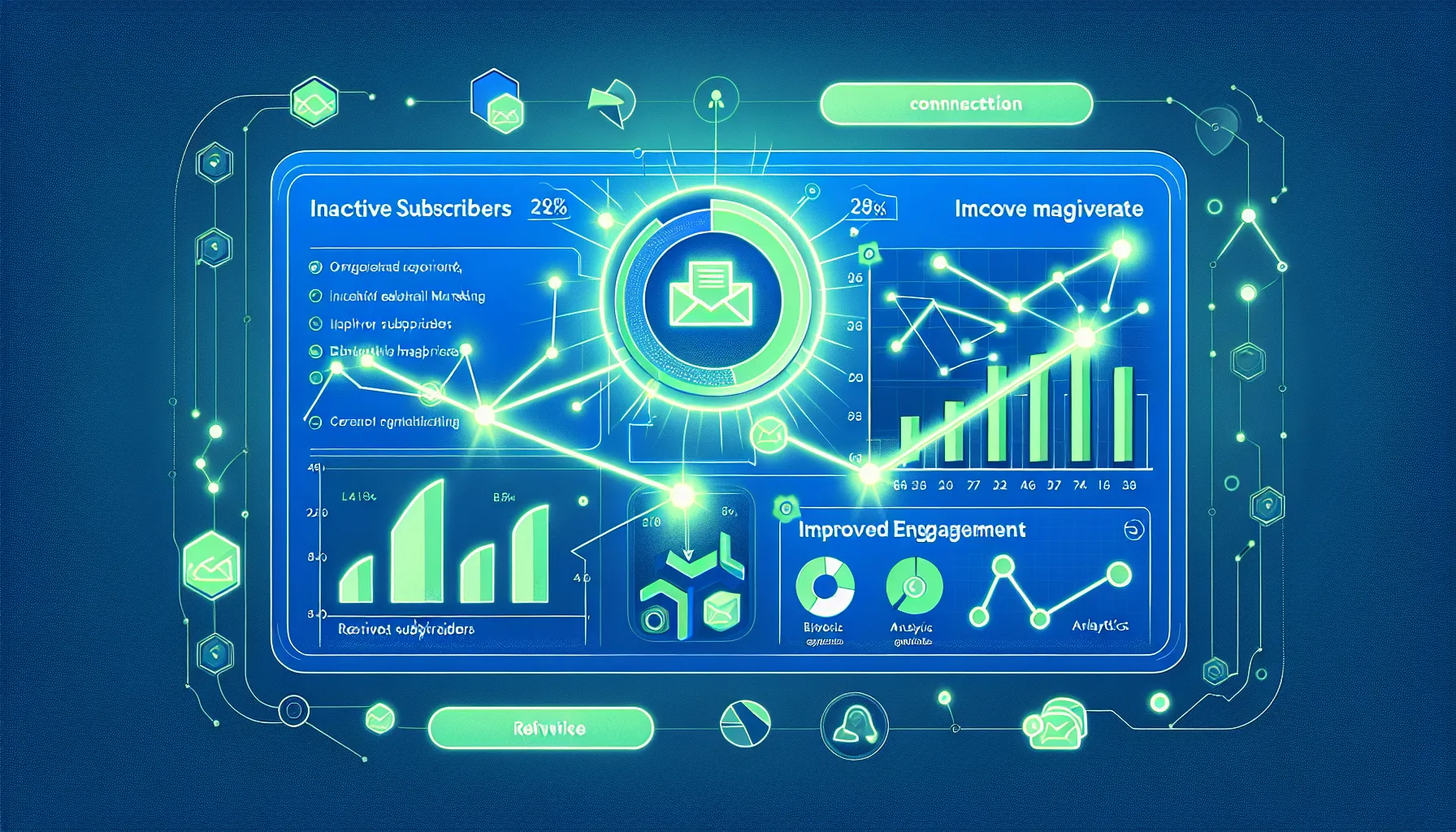Personalization That Actually Works
Stop showing the same generic message to everyone. Our AI identifies visiting companies and personalizes your website in real-time.
AI-Powered Recognition
Instantly identify which companies are visiting your site. Our AI recognizes businesses and enriches visitor profiles with firmographic data, so you know exactly who you're talking to.
Dynamic Content Personalization
Show the right message to the right company. Automatically adapt headlines, CTAs, case studies, and testimonials based on visitor industry, company size, and behavior.
Measurable Results
Track what matters. See exactly how personalization impacts conversion rates, engagement, and pipeline. Our clients average 40% higher conversions within 90 days.
Featured Articles
View all


Recent Articles

What is Firmographic Segmentation? A Complete Guide for B2B Marketers
Learn what firmographic segmentation is, why it matters for B2B marketing, key variables to track, and how to implement it for better targeting and ROI.

The Impact of Customer Reviews on Growth
Customer reviews drive measurable revenue growth. Discover how reviews increase conversions by 270%, boost revenue by 35%, and why responding matters.

What is Website Personalization? A Complete Guide to Tailored User Experiences
What is Website Personalization? A Complete Guide to Tailored User Experiences

What is Top of Funnel Marketing? A B2B Guide to Building Awareness That Converts
What is Top of Funnel Marketing? A B2B Guide to Building Awareness That Converts

The Role of Artificial Intelligence in Lead Generation: Transforming Sales in 2025
The Role of Artificial Intelligence in Lead Generation: Transforming Sales in 2025

The Role of Images and Graphics on Landing Pages
The Role of Images and Graphics on Landing Pages
